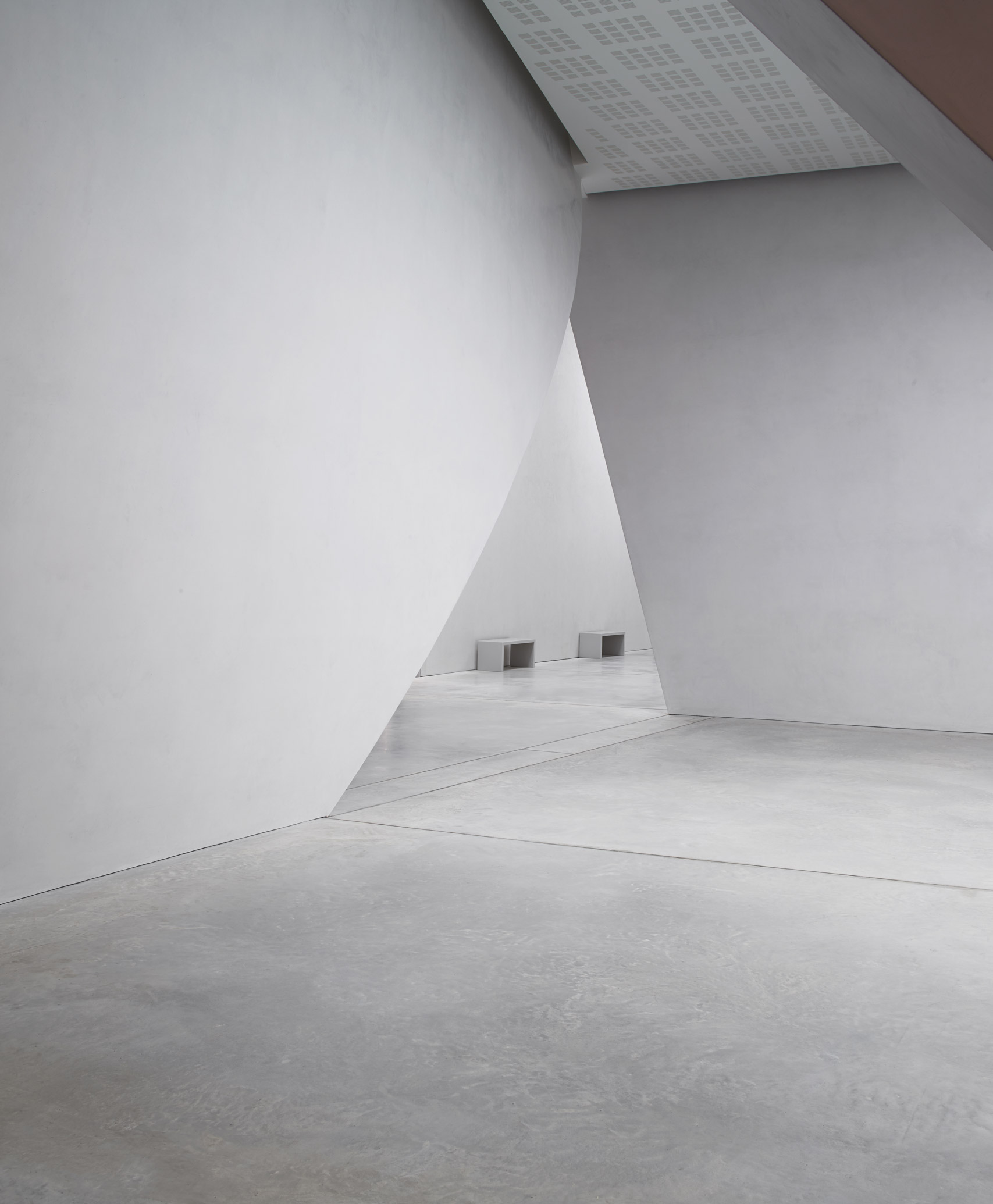
It was the ancient Chinese philosopher Confucious who said ‘If you want to divine the future, look to the past’.
The best way of experiencing our history is by being able to use our sensory perceptions of look, touch and even smell of items such as clothing, literature, art, domestic items, artefacts and often weapons relating to momentous occasions in our past.
Museum buildings, like Art Galleries, have to act as a blank backdrop that show those items at their best, making them easy to follow, access and comprehend.
As we all seek to find answers for our future in our past, the last few years has seen a rapid growth in the number of Museums, large and small, across the globe. These include:
– The Museum of the Bible, Washington DC, USA.
– Yves Saint Laurent Museum, Marrakesh, Morocco.
– Glass Museum, Venice, Italy.
– V and A Dundee, Scotland.
– Bauhaus Museums, Weimar and Dessau, Germany.
– Grand Egyptian Museum, Giza, Egypt.
– Messner Museum, Italy.
– Beit Beirut, Lebanon.
– Orto Botanico, Padua, Italy.
Several of these have benefitted from using Ideal Work’s flooring and wall solutions.
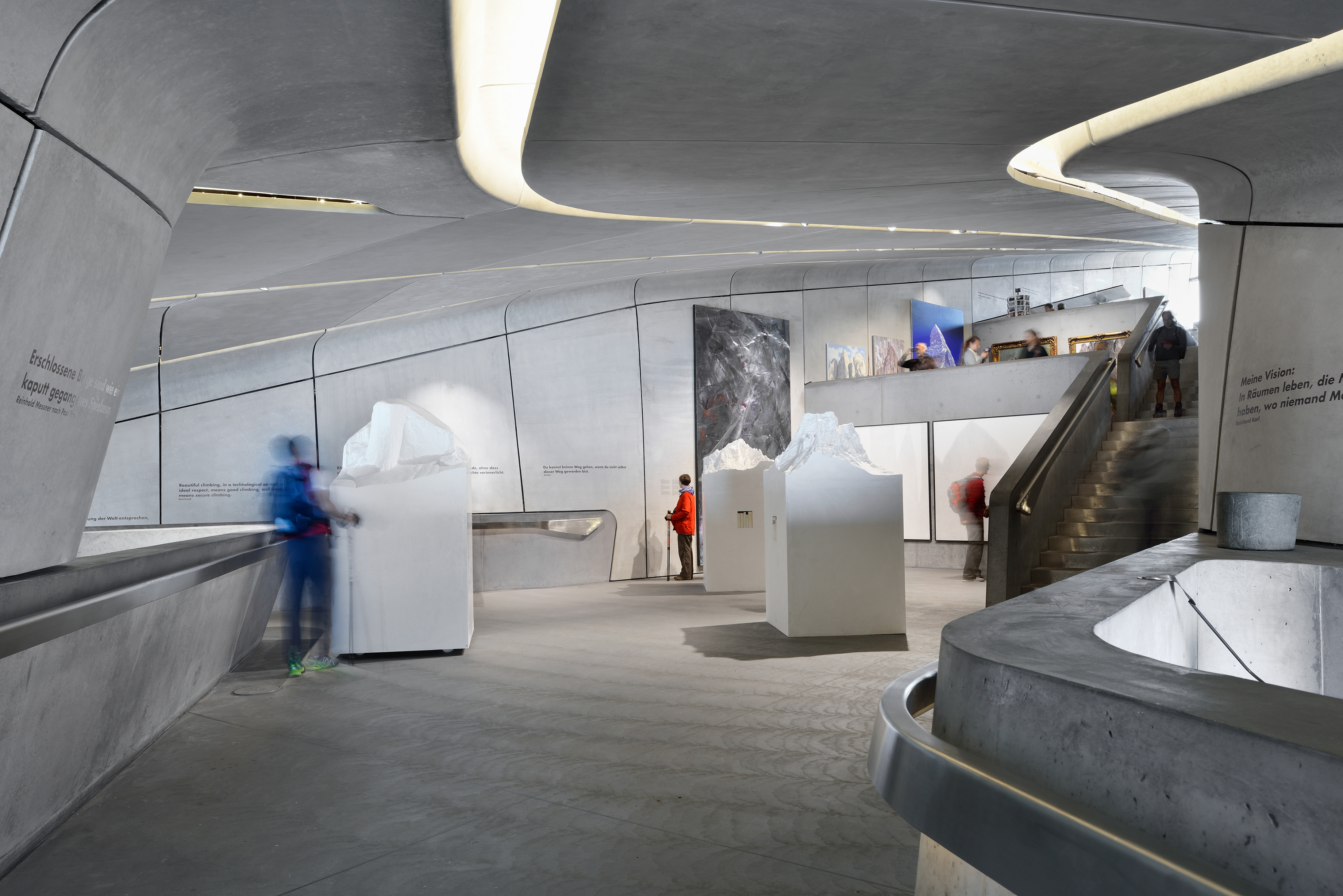
When viewing real pieces of history or art, no one wants to be distracted by ‘clever’ architecture, bright colours and heavy textures.
Nuvolato Architop®, through its minimal depth application process, allows the creation of polished floors over existing, as well as new, floors. This is the perfect way of providing that smooth, seamless background which enables displays and artefacts to be fully appreciated. Typical examples of this industrial, brutalist, sharp, clean and attractive finish are to be seen in The Messner Museum in Plan de Corones in Italy, Fondazione Prada in Milan and the above-mentioned Glass Museum in Venice.
Smooth clear, seamless vertical and horizontal surfaces allow those important items to stand out, giving their own very important messages from the past.
Ideal Work has helped museum designers, curators and managers across the world to create the perfect ambiance to show off their important and valuable exhibits to maximum effect whilst at the same time providing very durable surfaces which require the absolute minimum of maintenance.
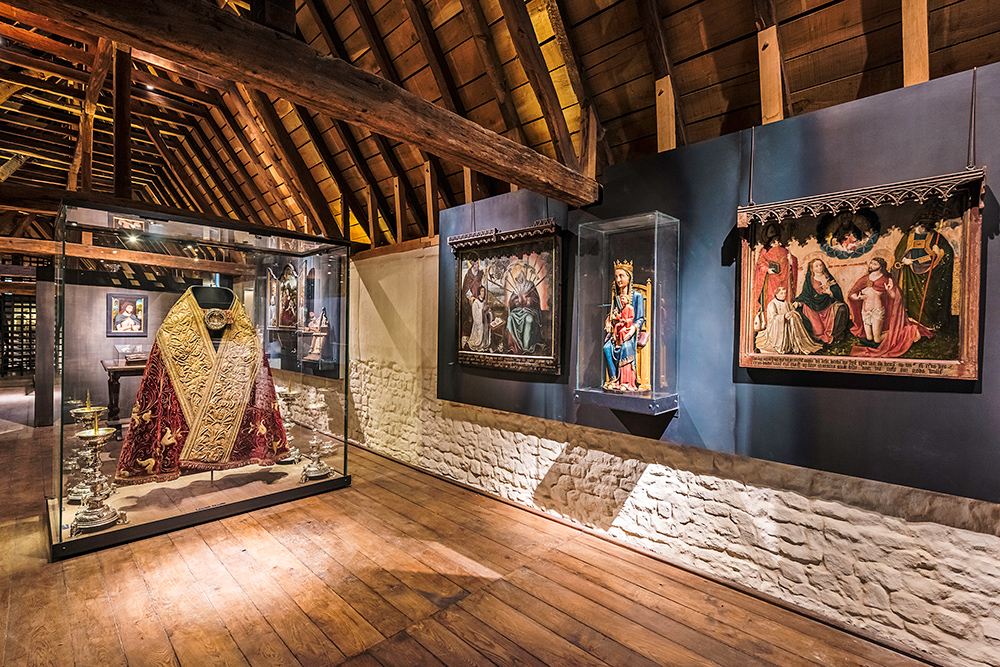
Where the ability is there to create matching, seamless floor and wall surfaces, with a nominal thickness of just 3mm, Ideal Work Microtopping® can be used both vertically and horizontally in new build and refurbishment schemes to provide that perfect, almost anonymous, background. Microtopping® can be applied over new walls and floors or used to coat existing vertical, horizontal and even free-standing solid surfaces including benches, tables and chairs.
Microtopping® is elegant, versatile, metropolitan and minimalist. Typical examples includeLipa Pamti Memorial Centre, Lipa, Croatia, the Teseum Museum in Tongeren, Beglium and the world famous Palazzo Ducale in Venice.
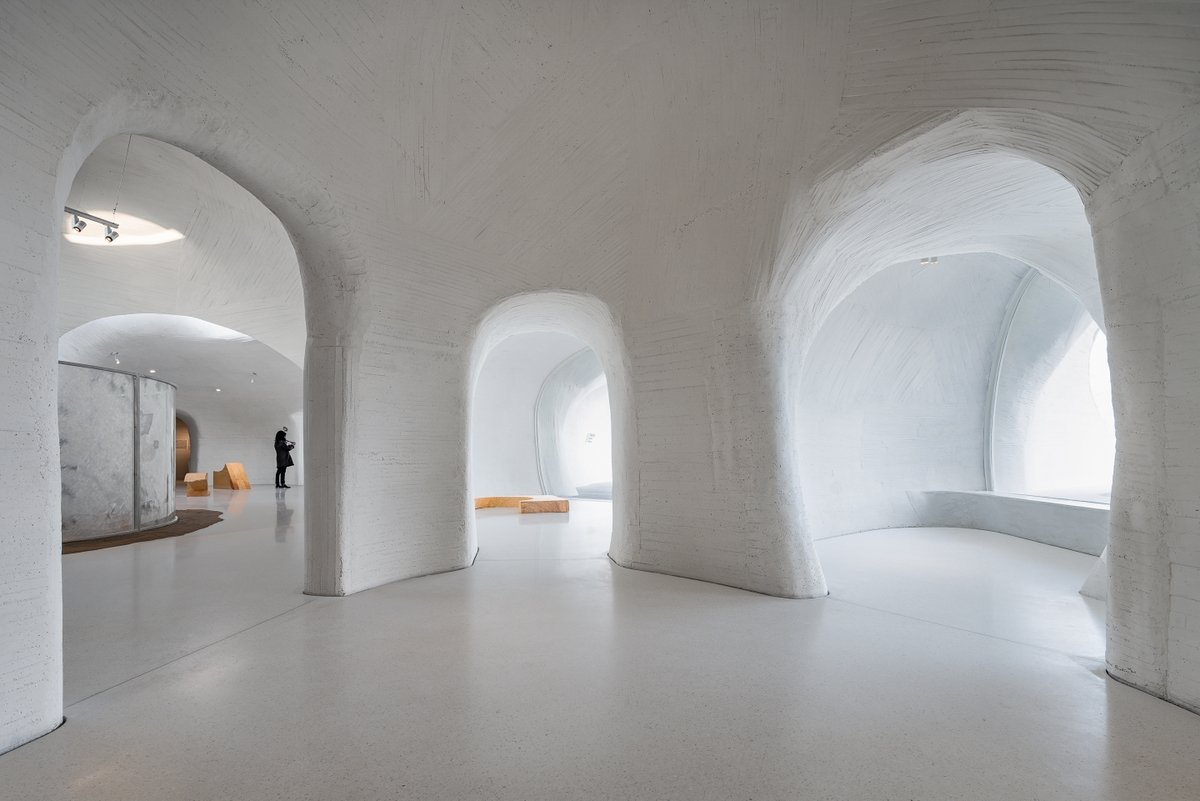
Where a more traditional finish, similar to terrazzo or polished, exposed aggregate concrete (sometimes referred to as ‘Venetian Flooring’) is required, Lixio® by Ideal Work allows this elegant, classic yet contemporary finish to be applied over existing floors. Depending on the depth of Lixio® that can be permitted, a wide variety of aggregate sizes and colours can be incorporated by choosing either Lixio® or Lixio®+ (UCCA Dune Art Museum in China is an example).
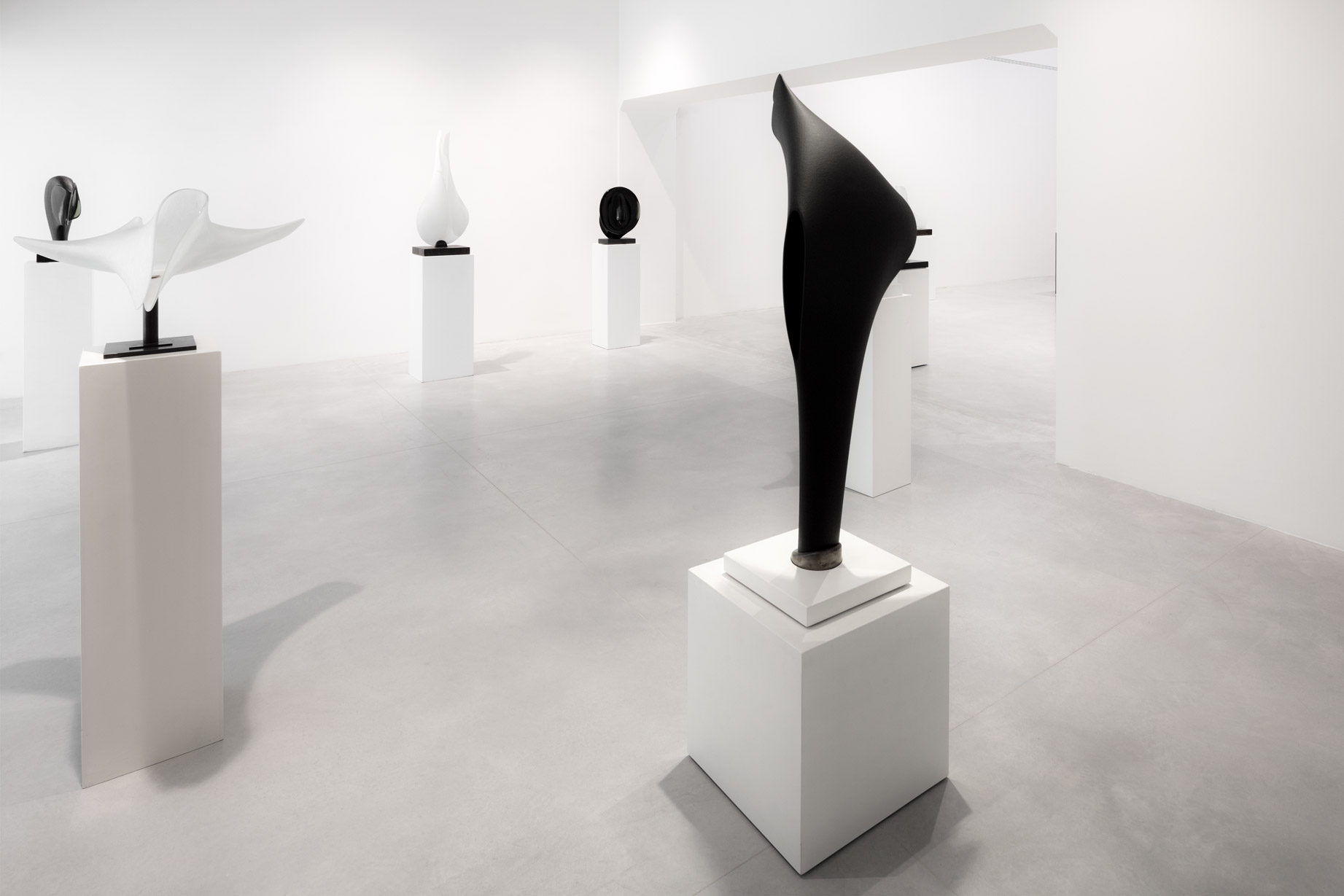
The historical strength of cement combined with Ideal Work’s up to the minute technology ensures that Microtopping®, Nuvolato Architop®, Lixio® and Lixio®+ allow any Museum to offer its visitors and curators the perfect combination of uncluttered views of history, low maintenance and comfort that are essential to draw us in and help maintain our interest. In fact, its Ideal!